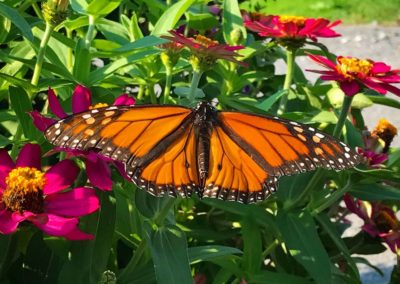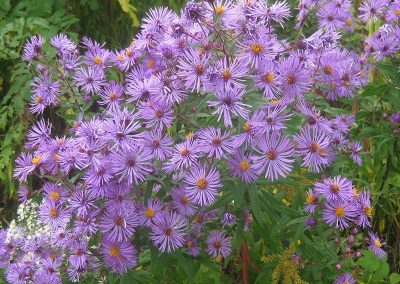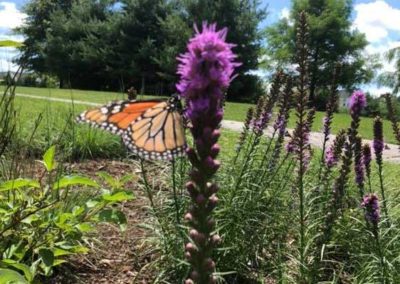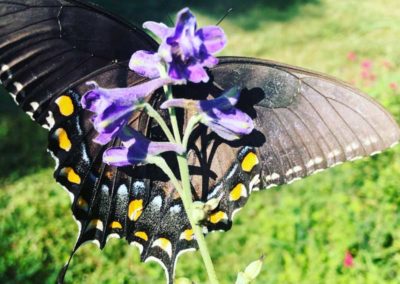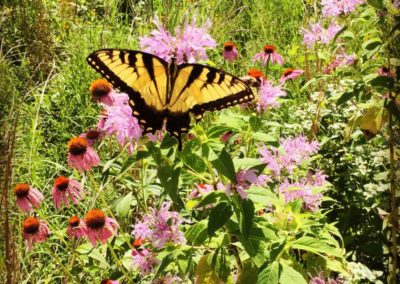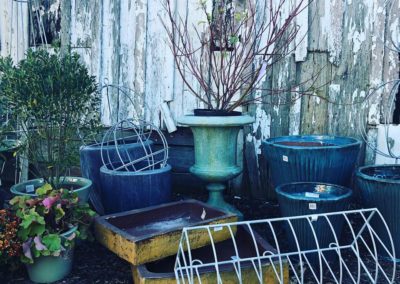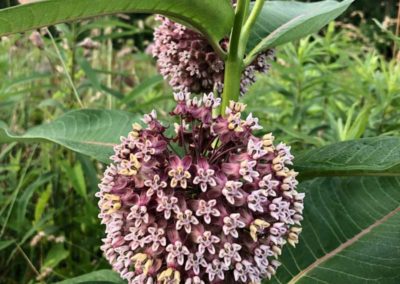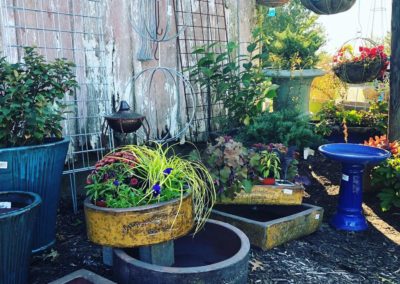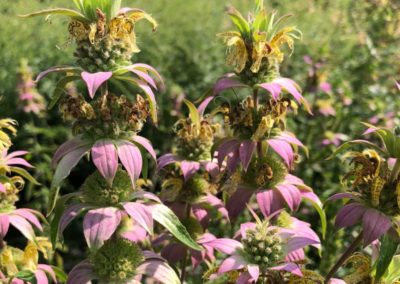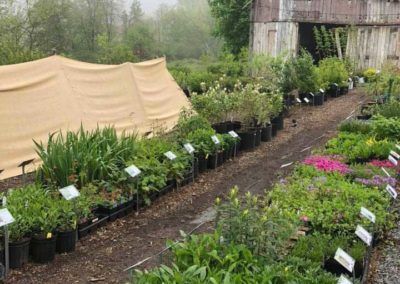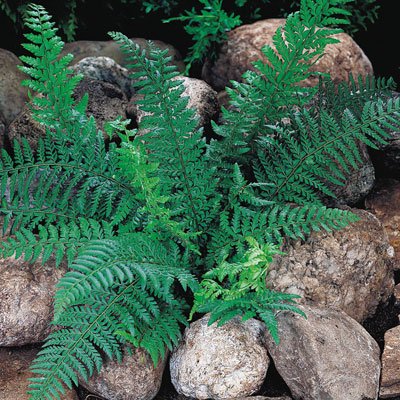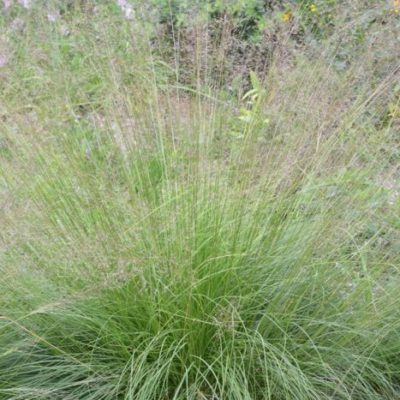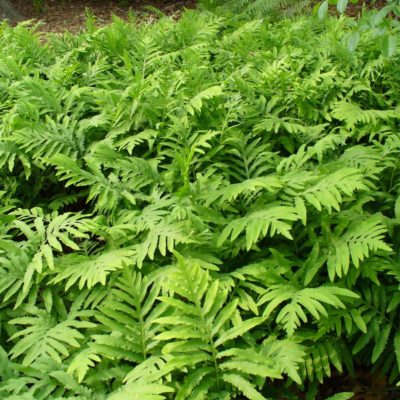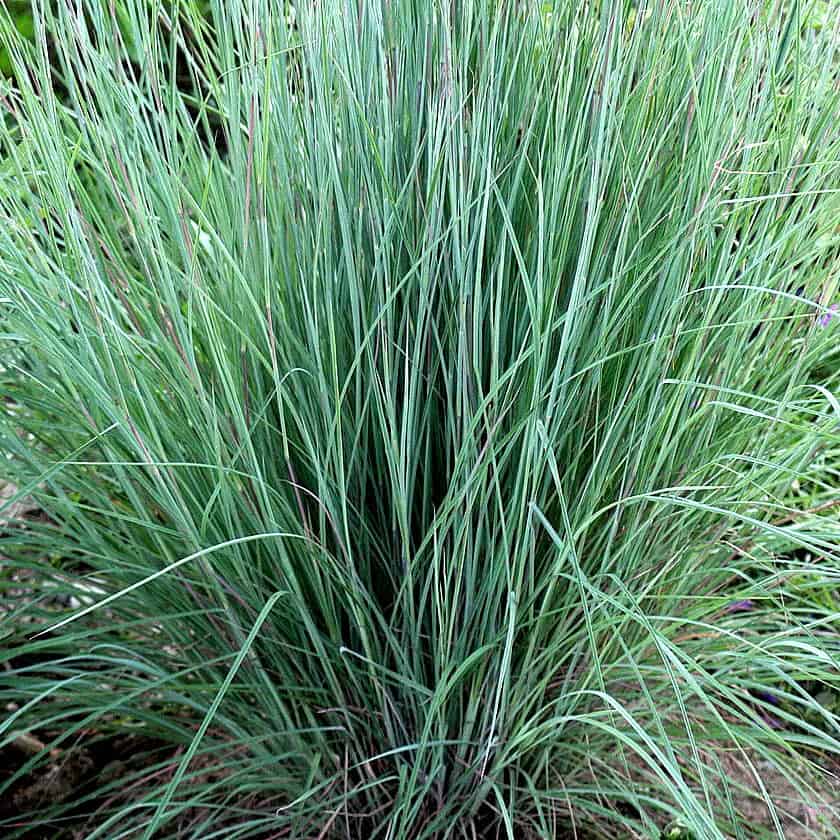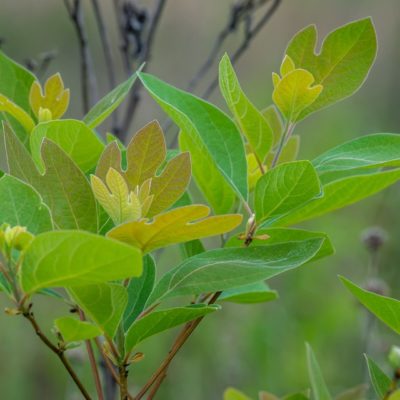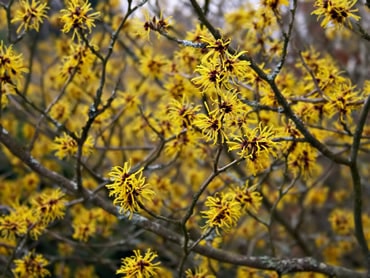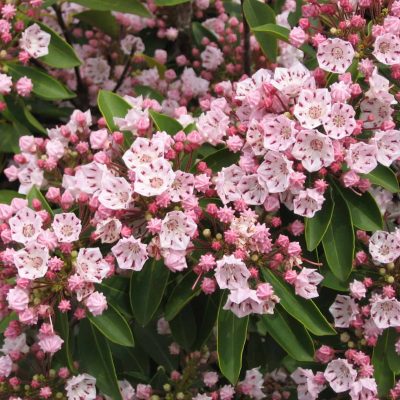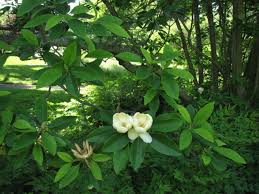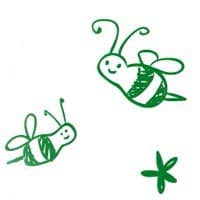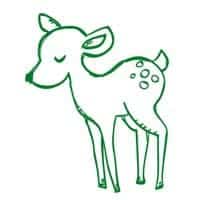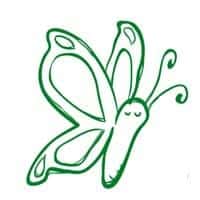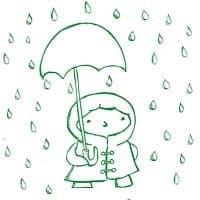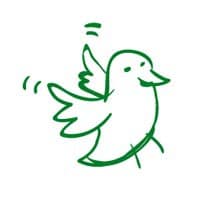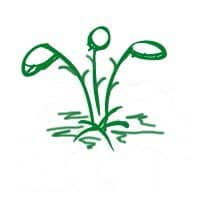WELCOME TO OUR NATIVE PLANT NURSERY
Find Native Plants in Maryland
At the LGS Native Plant Nursery, we carry a variety of native Maryland plants and locally grown perennials, shrubs, and trees. Our goal is to be a resource for native plant enthusiasts! You can use our Native Plant Library to research and and plan your garden, shop for native plants in Maryland online, or visit us in-person to shop and ask questions of our knowledgeable staff. We love to share our passion for supporting pollinators with responsible and sustainable gardening practices. We offer both in-person shopping, as well as contactless pick-up at our location in Ellicott City, MD.
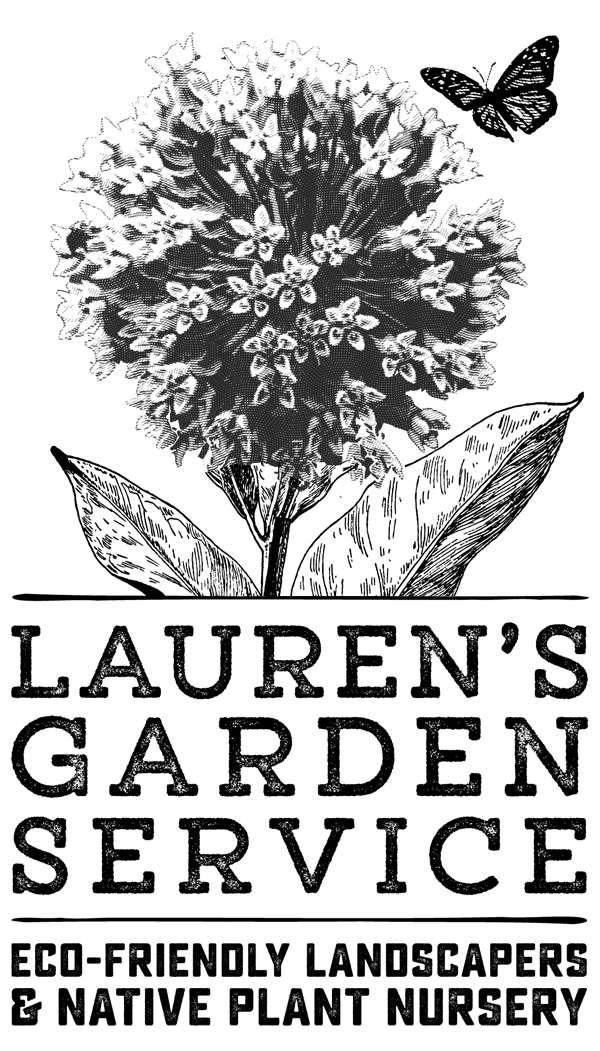
Nursery Hours:
April-November
Mon-Sat 10am-5pm, Sun 11am-4pm
13554 Triadelphia Rd
Ellicott City, MD 21042
410-461-2535 (Landscaping Office)
443-896-3009 (Nursery)
laurensgardens@gmail.com
Please allow 2 weeks after payment for us to process your order.
You will receive an email when your plants are ready for pick-up.
Please note that while we check the availability from our suppliers and update our inventory often, it is possible that an item you order might be sold out by the time we receive our deliveries for that week. If we are not able to source a plant from your list, we will refund you, or offer a size substitution, if available.
We are unable to provide delivery service at this time, and we cannot ship plants.
WHY CHOOSE NATIVES?
At Lauren’s Garden Service, we believe that little deeds can go a long way and have a lasting impact. Planting natives is one of the ways we can start to make a difference in Maryland and in the expanded Chesapeake Bay region.
BEES
Bees are a vital part of a healthy environment and help ensure the growth of seeds and fruits. Native plants are the best source of food for bees! To attract bees plant a wide range of plants that will provide flowers throughout the whole growing season.
DEER TOLERANT
Is your yard constantly being torn up by deer? Finding native plants that can withstand deer can be tricky. Take a look at our list for some deer tolerant native plants to consider for your garden.
BUTTERFLIES
Butterflies are beautiful insects that not only can make your garden look beautiful but also help pollinate plants and provide prey for small mammals. Check out our list of native plants in Maryland and attract some butterflies to your garden.
WET SOIL TOLERANT
Does your yard retain water but you still want it to be full of beautiful plants? This list of natives gives some suggestions for plants that can still thrive in wet soil conditions.
BIRDS
Birds are amazing animals that can be fun to watch in your garden. If you are interested in attracting birds to your garden check out our list of native plants for some suggestions.
CLAY SOIL
Plants do not always respond well to soils that are rich in clay, but if you take a look at the list we’ve compiled, you will find some suggested native plants that will still thrive under these conditions.
What Is
All the Buzz About?
The use of native plants has really become popular in recent years. But what is all the buzz about? Why should we use native plants?
It is probably a good idea to begin with the definition of a native plant. Native plants are species that would naturally grow in a specific region without any human intervention. Another way to describe them would be to say they are indigenous to the region. This makes them great candidates for local landscapes.
As a naturalist, I have enjoyed and focused on using natives throughout my whole career as a gardener. Why? It is because they provide a number of benefits to the local environment and are very well adapted to our growing conditions. Additionally, with the increased use of pesticides over the past 80 years, the introduction of invasive species, and the cultivation of miles and miles of lawns, we have damaged the ecosystems that we rely on for food and water. Though this has had unfortunate and dangerous consequences, with the growth in our knowledge about the impact our choices have on the environment, we are poised to change the trajectory and reverse some of the damage we’ve caused.
What Benefit
Do Native Plants Offer?
The benefits of natives include:
- Attract and feed local wildlife and pollinators. It’s wonderful to see birds, butterflies, fox, bats, turtles, frogs, bees and hummingbirds right in your yard. Enough native plants in an area can create ‘corridors’ that support the local ecosystem and increase the survival of important species by providing continuous habitat that is quickly being lost to developments.
- Require less maintenance and less watering. Native plants, planted in the proper location in your landscape, can use much less maintenance and water than some other plantings. It’s a win-win for you and the environment.
- Help prevent soil erosion. Native plants can produce long root systems. These roots can help to hold soil in place. This is particularly important if you have steeper inclines on your property where lack of well established root systems can result in significant soil loss as well as contribute to flooding, and thereby, poor water quality.
What Exactly
Qualifies as Local?
When it comes deciding what’s native and what’s not, there is a broad spectrum of opinions. Some gardeners will only use plants that are native to their immediate area. Others are opposed to using cultivars (native plants that have been selectively bred for particular traits like double blooms, but cover a broader geography). And then, there are those gardeners will use plants that are native to North America and feel that it’s okay to use cultivars.
Obviously, there is a broad range of opinions when it comes to which native plants are acceptable. I tend to fall on the ‘live and let live’ end of the spectrum. If I really think about it I can find plausible evidence to support all ranges of the spectrum. Our locally native plants have provided food and shelter to our local wildlife but there are also non-native species that have been shown to be beneficial for local wildlife as well. For instance, the monarch butterfly will feed off of lantana, a non-native annual plant.
I personally like to rely mostly on locally native species and then sprinkle in non-natives or natives of the Southeastern, Eastern or Northeastern US.
It can be tricky to gather accurate plant information for what is locally native. Some nurseries have catalogs that advertise plants as natives that are not native to the area, or not the correct species native to the area. To make it really easy, I have compiled a list of locally native ferns, groundcovers, grasses, perennials, shrubs and trees that have worked well in our experience. These selections are also readily available through local nurseries or through Lauren’s Garden Service.

